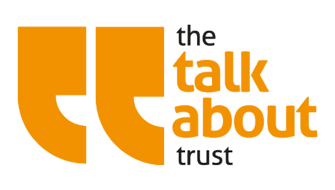
Platforms, risk perceptions, and reporting: the impact of illicit drug advertisements on social media among UK secondary students
The growing prevalence of illicit drug advertisements on social media is a pressing public health issue for young people, yet it remains largely unexplored. As online drug markets evolve and new platforms emerge, there is an urgent need for new data.
In collaboration with the Daniel Spargo-Mabbs Foundation and the Alcohol Education Trust, I surveyed over 1000 secondary students on their experiences around drugs and social media. The data and insights collected from this research are vital to inform policies and legislation around harmful content on social media, such as the Online Safety Act. We are working directly with the three main social media providers on an ongoing basis (Meta, Snap and Tiktok) as well as the government and Ofcom, who are all making important decisions about young people's safety online.
📊🔍 5 Key findings from our survey
-
Drugs are part of young people’s social media routines
60% of surveyed young people (N=680) have already encountered drug- related content on social media, with the most common types being humorous memes, educational posts, and depictions of others using drugs.
-
Platforms used to advertise drugs are dynamic and adaptive
Illicit drug ads are increasingly found across a variety of platforms, with Snapchat (83%), Instagram (64%), and TikTok (58%) being the most common. However, young people also reported encountering these ads on platforms typically not associated with social media, such as Depop and Vinted.
-
Platforms advertise drugs, but also promote safety advice
Over half (51%, N=382) of young people reported seeing safety advice about the physical and mental health risks of drugs, while 43% had not; girls were more likely to encounter such advice than boys.
-
Seeing illicit drug ads lowers young people’s risk perceptions
Individuals who see drug ads on social media are significantly more likely to perceive drugs as easier to buy (3.1 times) and of higher quality (2.7 times) compared to those who do not see these ads
-
The challenge of reporting: young people aren't taking action
Within the surveyed cohort, only 72 out of 1047 students said that they had reported an illicit drug advert before, meaning that 87% of participants had never done so. Among the 72 participants who did report, only a small percentage (12%) continued to see the same account frequently, with many either never encountering it again or only seeing it rarely.


